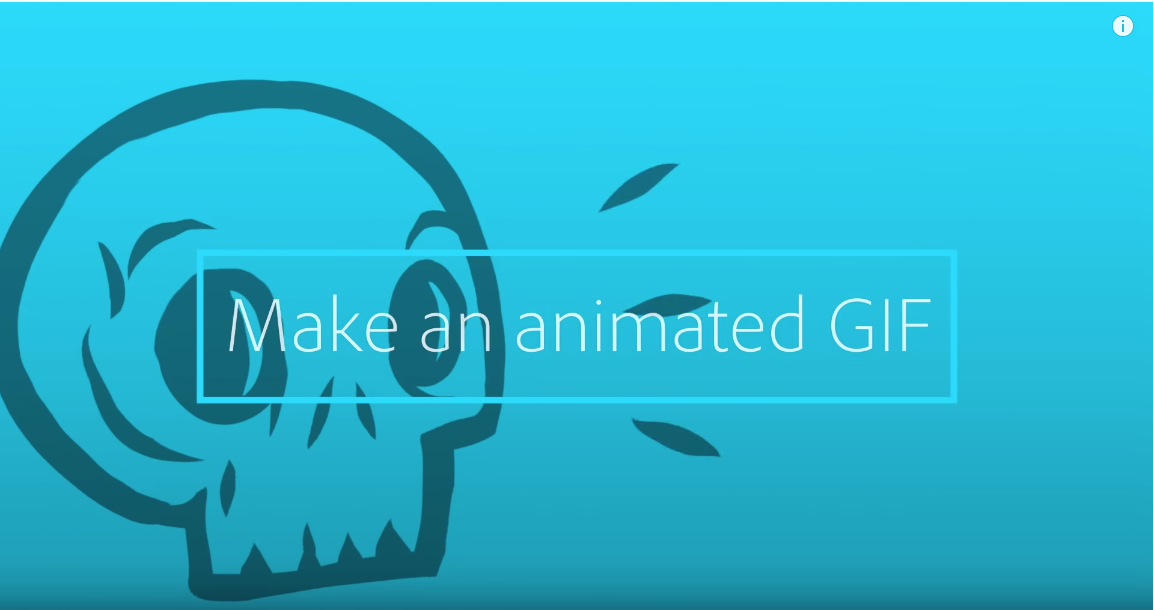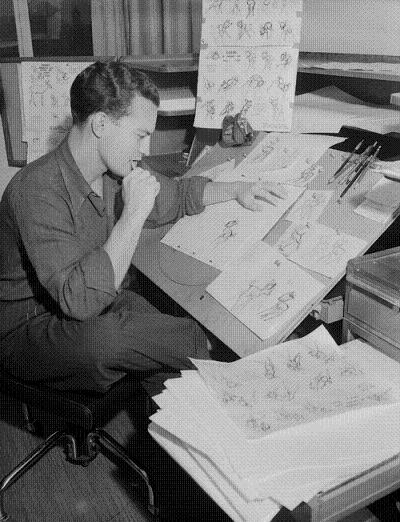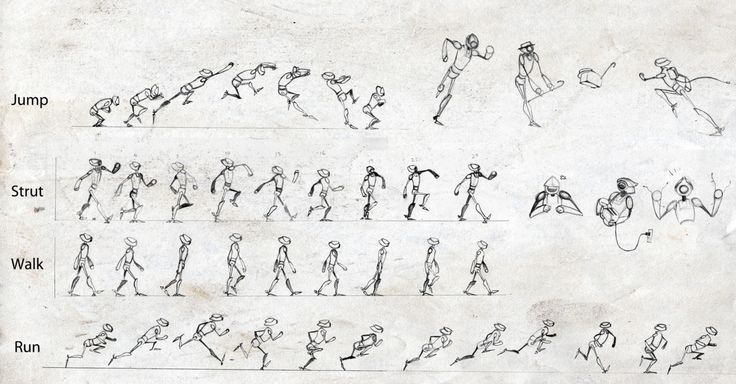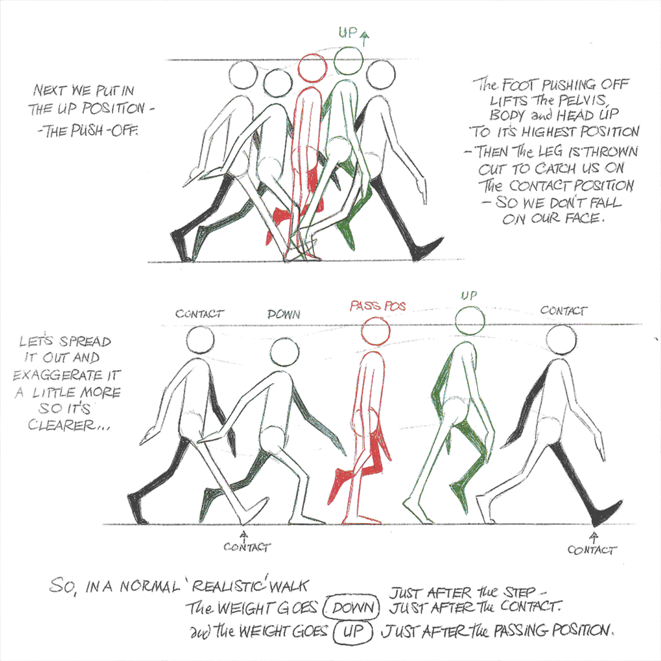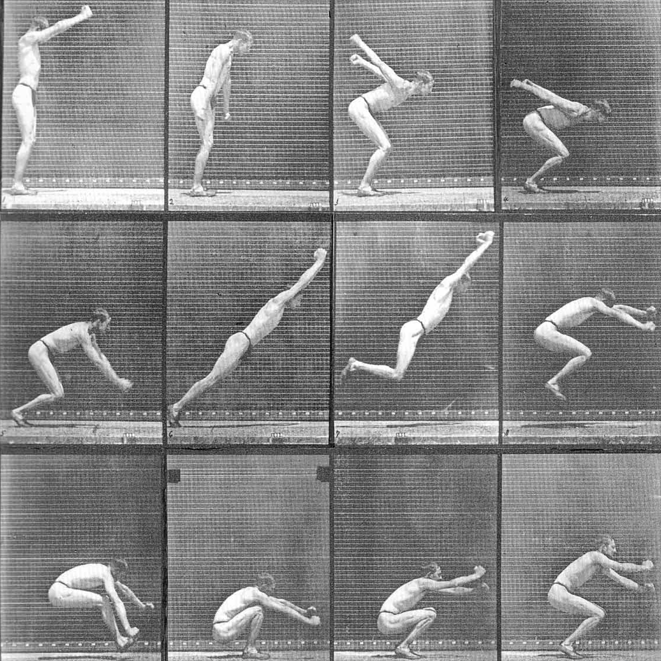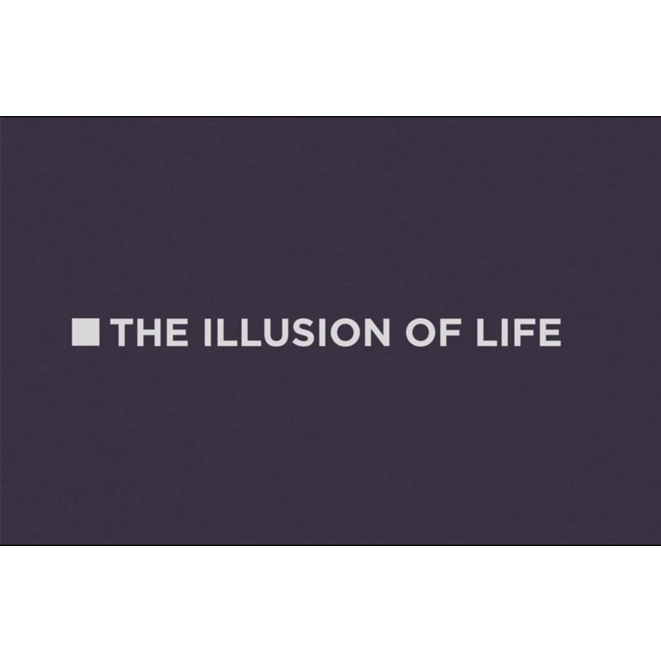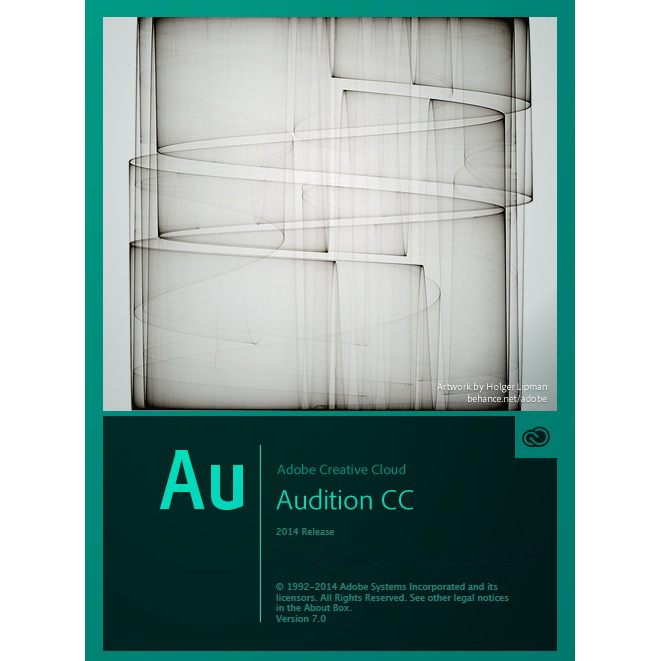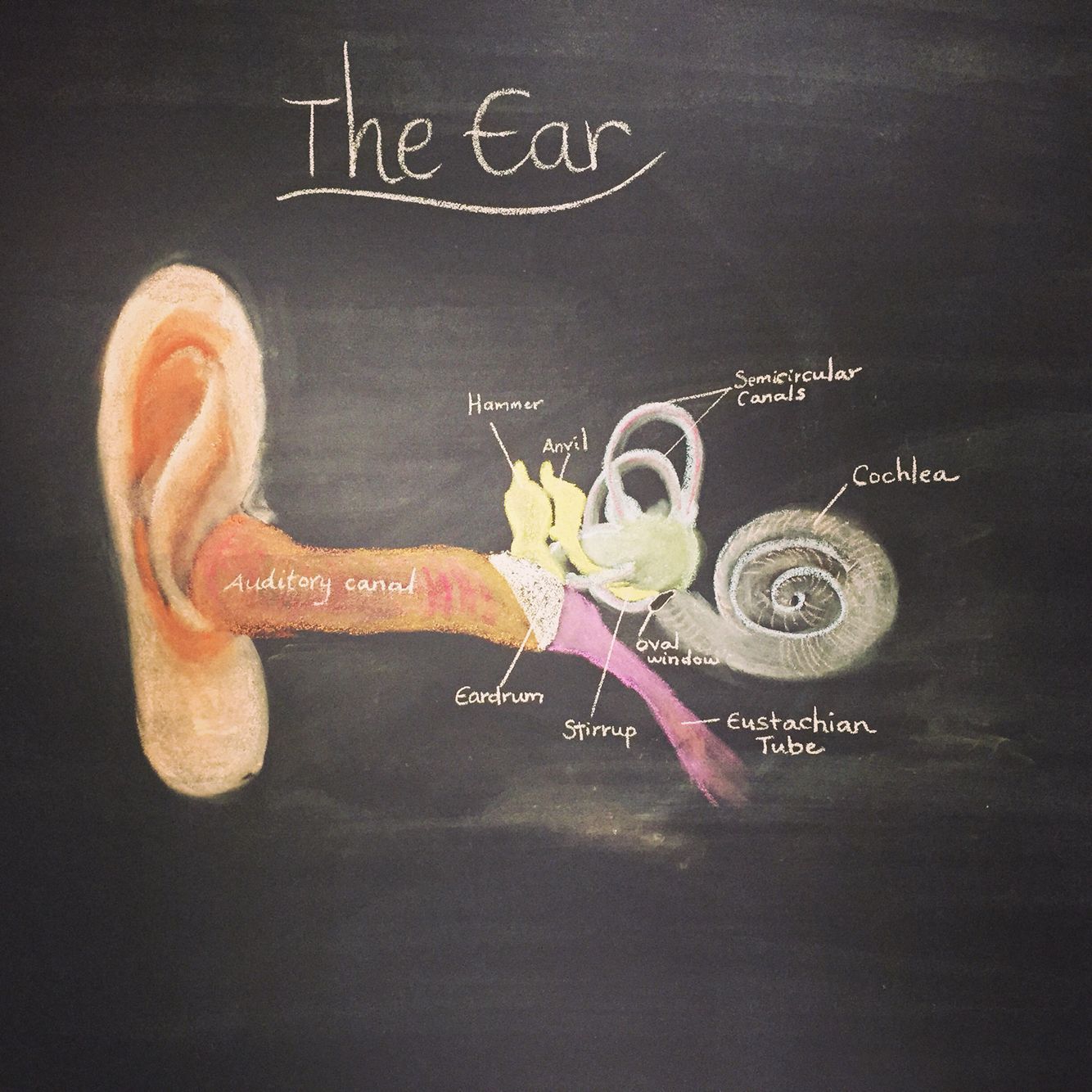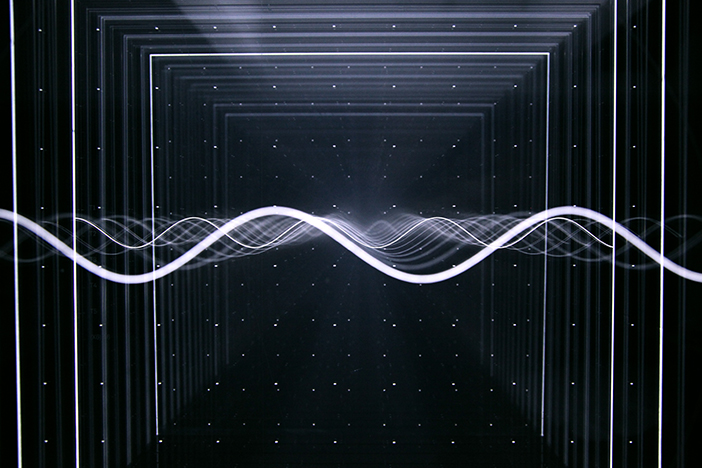Make a new layer for each frame Select Window > Timeline. Click on Create Frame Animation In the timeline menu (the small hamburger menu dorpdown in the upper right corner of the timeline pallet) Select Make Frames From Layers. Set the speed and duration of your frames. After this select convert animation to a video […]
How to animate in Photoshop
